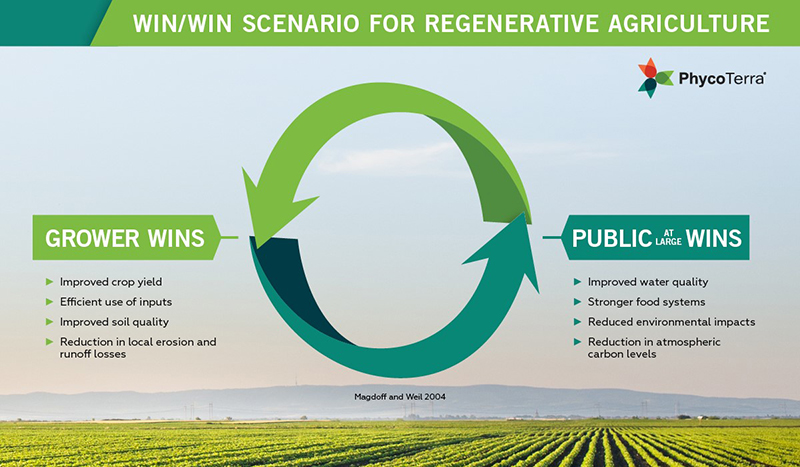2021 Showing Hints of a Better Ag Economy
It’s a little hard to believe that as I am putting this column to bed, 2021 is nearing one-fourth being done. I know when the calendar turned from 2020 to 2021, many people — myself included! — were hoping that a new year would bring some new normals into view. Or, at the very least, the status quo would go back to what it was before the coronavirus disrupted most aspects of life.
However, as the first three months of 2021 have come and gone, the year doesn’t seem that different than the one that came before. Throughout the months of January and February, in-person trade shows — which were cancelled or went virtual after March 2020 — remained non-existent.
Going into March, there was some hope that at least one in-person agricultural trade show would take place. In early December, the organizers of the National Farm Machinery Show (NFMS) decided to move their annual event from mid-February to the end of March.
“We know how important this show is to the global agricultural community and with vaccines on the horizon, moving the NFMS allows more time to deliver a safe event,” said President/CEO of Kentucky Venues David Beck in a December 2020 press release.
But with vaccine rollouts hitting some distribution delays, the NFMS organizers have since decided to postpone the show entirely for 2021, resuming in February 2022 instead. “The health and safety of our guests, exhibitors, and co-workers is our highest priority, and unfortunately the best way to keep them safe is to postpone the show,” said Beck.
So it appears that the first half of 2021 at least will be identical to the last eight months of 2020, with no in-person events taking place. Now, everyone is watching what will happen as COVID-19 vaccinations become more widespread, with a possible resumption of in-person meetings finally taking place during the summer months.
Luckily, 2021 does seem to acting differently than previous years when it comes to one of the most important variables in agriculture — commodity prices. For many years now, as key agricultural trading partners have waged tariff wars with one another, U.S. growers have seen commodity prices decline as demand for U.S. produced crops has waned.
Yet as 2021 started, two events occurred that positively impacted U.S. crop fortunes. In January, USDA released its annual carryover estimates, looking at the amount of harvested crop left “in reserve” for the country. In all, corn carryover was down 9% from the December 2020 estimate and the soybean figure was off by 20%.
Then, China stepped up. During January, the country began buying huge amounts of U.S. corn — some 8 million metric tons by the beginning of February. By all accounts, this was one of the largest Chinese purchases of U.S. corn ever recorded. And commodity prices kept rising accordingly throughout.
So, while 2021 isn’t completely back to the kind of normal the agricultural world is accustomed to just yet, at least there are hints of a better economic cycle on the horizon.






